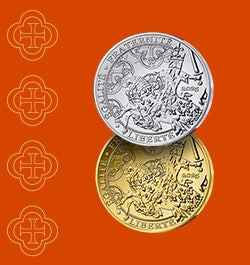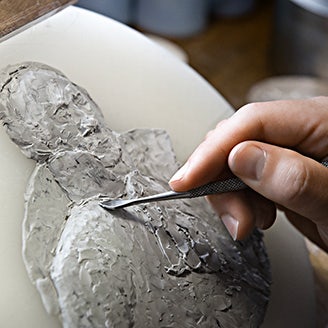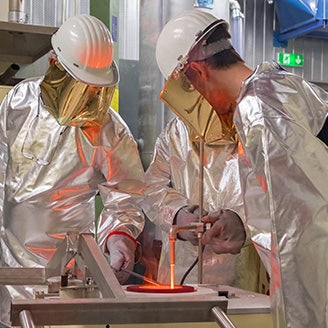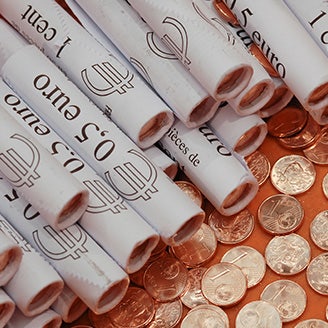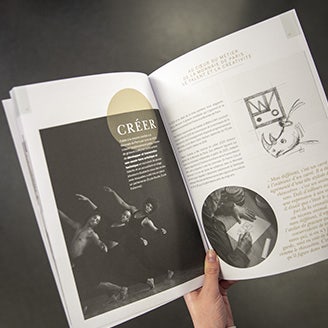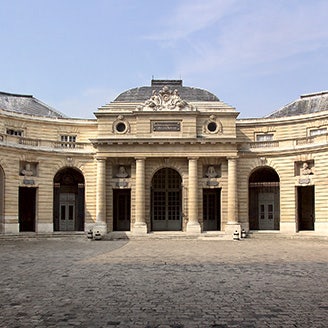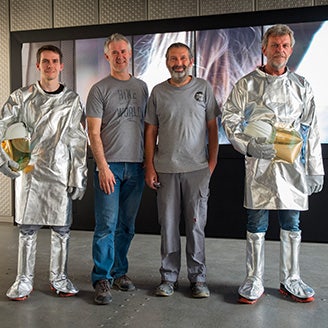The Pessac factory
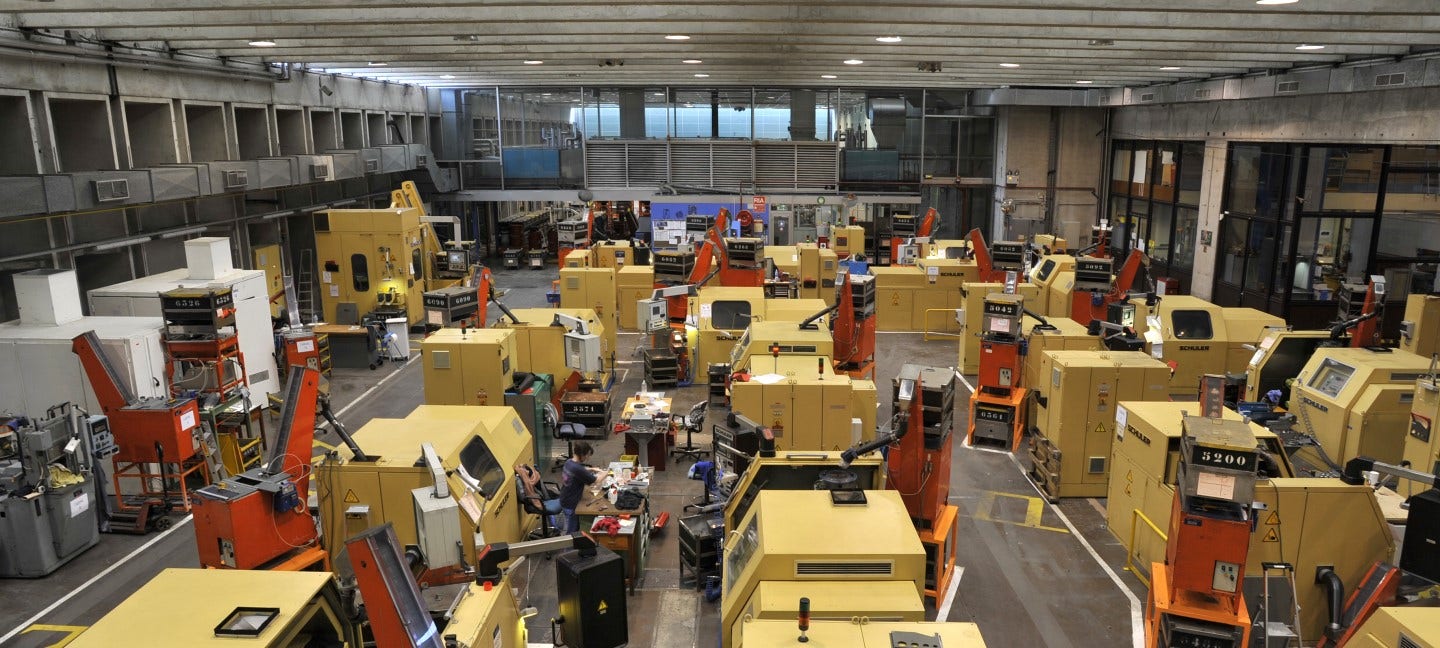
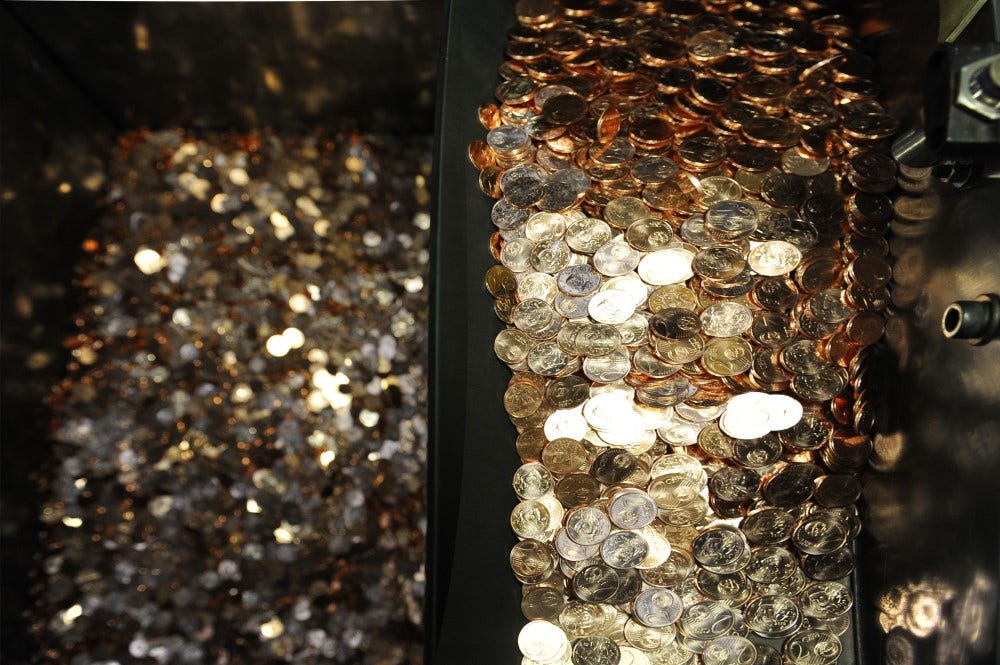
The story of Pessac
Faced with the increasing number of coins to be struck, the President of the Council of Ministers, Charles de Gaulle, approved a report from the decentralisation committee in 1958 according to which minting facilities should be distanced from the Paris region.
This choice is justified by the constraints of the Parisian site of Monnaie de Paris (classified historical site) which make the development of the industrial unit impossible.
A new breakdown which is still current was thus decided: the factory in the provinces will be reserved for industrial minting, whereas Paris will conserve its artistic productions.
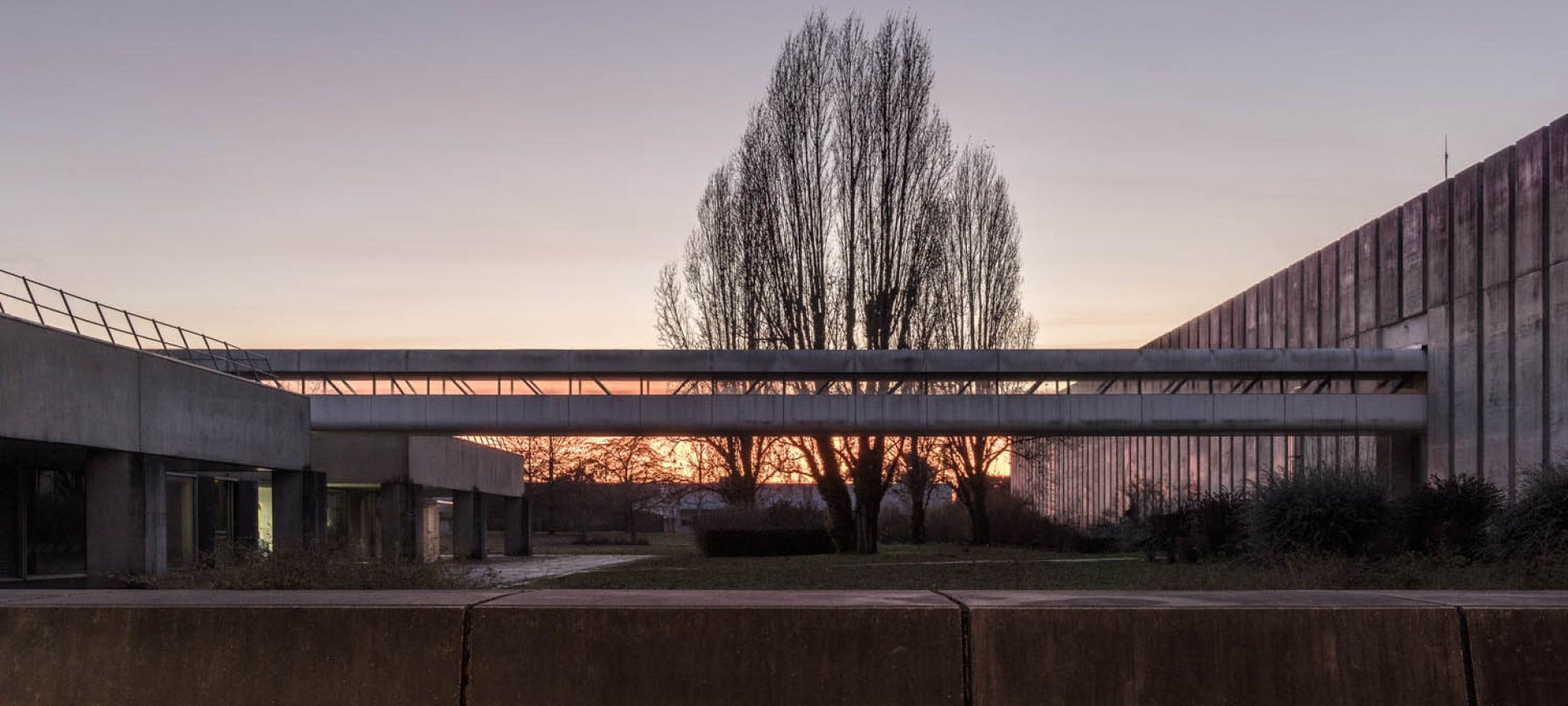
Over 40 countries place their trust in Monnaie de Paris
It was in 1965 that Valéry Giscard d’Estaing, Minister of Finance and Economic Affairs, chose Pessac (Gironde) to house the new Monnaie factory. It was designed by the Salier-Courtois-Lajus firm selected following a competition. In order to meet minting requirements, a very large factory was designed. It entered into service on September 1st, 1973.
Today
Since 1675, the Pessac site has been minting the currency of the French, the euro, and also produces coins from countries outside the eurozone, such as Malta, Cyprus, Monaco and Andorra.
The factory has found new room for development with the exporting of its know-how to produce common currency for foreign countries. Over 40 countries have placed their trust in Monnaie de Paris and use coins produced by the Pessac factory on a daily basis.


